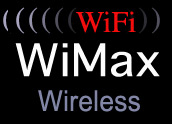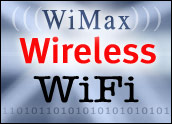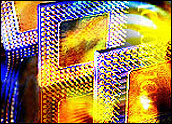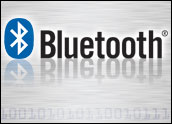
A number of non-profit alliances are actively promoting home networking technologies, perhaps providing the momentum to make the “smart home” a reality in the coming years, experts tell TechNewsWorld.
The allied industry groups come from a number of fields, and include the Continental Automated Building Association, the Internet Home Alliance, the HomePlug Alliance, the WiFi Alliance, and the Digital Living Network Alliance.
Different Names, Similar Objectives
Though they go by different names — and have different leaders — the organizations share a similar goal of bringing “digital living products to consumers quickly and efficiently,” said Scott Smyers, chairman of the Digital Living Network Alliance.
The DLNA in late September announced that it was collaborating with one of the other industry groups, the WiFi Alliance, to ensure that digital technologies aimed at the smart home are WiFi enabled. The WiFi Alliance’s WLAN interoperability certification, moreover, has been approved by the DLNA as a required component of that particular group’s own certification for networked home devices, including PCs, handsets and consumer electronics devices.
Many of these organizations have a very explicit vision for the future of the networked home. The HomePlug Alliance — whose members include Intel, Motorola, Linksys and Sony — envisions that consumers will someday soon enter their homes, unpack and plug in a new flat-panel TV.
“The TV automatically connects to the cable box, the DVD player, the Digital Video Recorder, the home theater system and also to the Internet,” said a spokeswoman for the alliance, Amy Peterson. “All of your home appliances and networking devices plug into a power outlet. No more wires.”
Thus far, the alliance has developed what it calls the HomePlug 1.0 standard. This specification is for adapter technologies, and enables them to bridge an existing networking technology — Ethernet or wireless — and connect to the home’s power lines.
“Using these adapters is an exercise in simplicity,” said Peterson. “Simply set the security password on all your units and plug them in.” The devices will then communicate with each other and securely pass data around the home.
Eventually, they expect home networks will become reliable enough to be managed from a distance — when the homeowner is at work or on the road.
High Expectations
One of the reasons that adoption of home networks has hitherto been slow in coming is, simply put, that consumers have very high expectations for them.
“Expectations for price are disproportionately low,” according to a report, “Networking Technology Brings Intelligence Into Today’s Smart Home,” from Dublin, Ireland-based Research and Markets, a research consultancy. What’s more, consumers have high expectations for “both performance and ease of use.”
Technologies for the home, however, are advancing, and may someday catch up with consumer expectations. Developers like Infrant are creating network attached storage devices for the home — technology that uses 32-bit RISC network storage processors and is compatible with Windows. The devices will be used for storage of movies, photos and MP3s.
Research by firms like ABI Research, Global Information and Aberdeen Research indicate that the home networking market is reaching the tipping point now, and is poised for triple-digit growth in the near future.
“Early home network adopters have added a home network for sharing their Internet access and are beginning to transfer media content,” said a report by Research and Markets, called “Digital Domicile 2005: Wireless Overtakes Ethernet.” “Media networking products are the most complex, and the newest items in the home. The basic home networking gear market continues to grow worldwide.”



















































